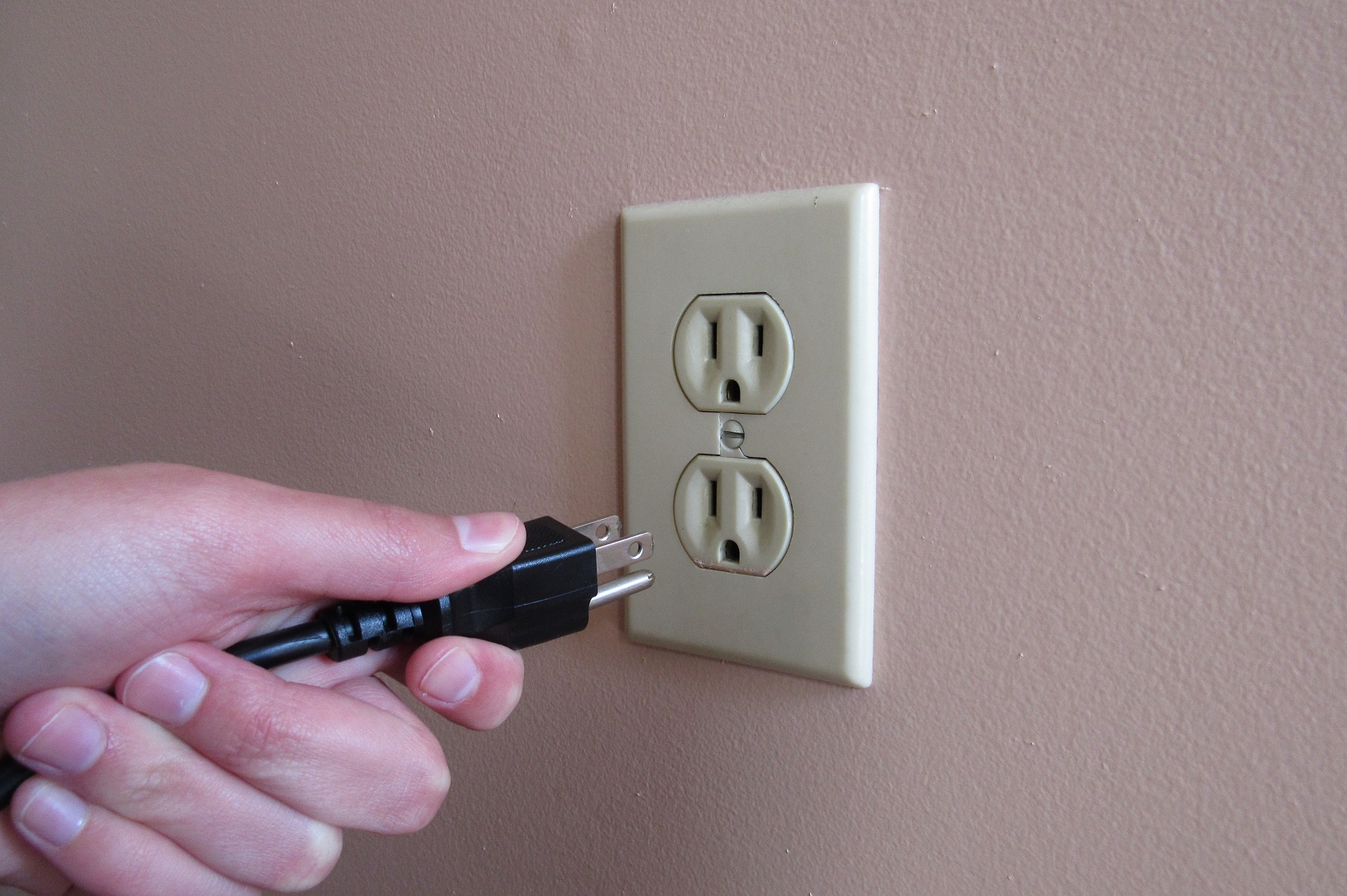With the region’s lowest youth arrest rate in a decade, and the lowest number of youth in Probation custody in the last six years, the region’s juvenile justice system is undergoing a reconfiguration in its approach and management of youth in the juvenile justice system, County officials told the Board of Supervisors Tuesday.
“Transforming our juvenile justice system also means shifting the culture within our Probation department. We are moving from a primary focus on compliance to emphasizing rehabilitating our youth to achieve the best public safety outcomes,” Probation Chief Adolfo Gonzales said. “We are keeping as many youth as possible out of custody and making sure they receive the services they need to succeed.”
The report was presented to the board at their regularly scheduled meeting. The supervisors accepted it and approved a recommendation for Probation to seek technical assistance to evaluate its use of conflict de-escalation techniques.
Public Safety Group head Ron Lane told the Board members the changes have come in response to the steady drop in youth arrest rates, which have fallen 76% between 2008 and 2017. Custodial youth rates have declined by 50% in the last six years, and the number of youth on Probation supervision is down by 66% in the last eight years. Probation is providing new employee training to apply national best practices in the industry and is reinvesting in community-based services to further reduce the number of teenagers in the juvenile justice system.
To better understand and to become better equipped at helping youth with the challenges they face, Probation officers now learn about adolescent brain development, trauma-informed care, restorative practices, and implicit bias. Probation staff now refer to the youth as their clients rather than cases, probationers or detainees as they might have been called in recent history. It is the job of all officers to help their clients succeed.
Often the youth who do enter our system have experienced situations that can be difficult to relate to for some people, Gonzales said. One way Probation is trying to bring new perspectives to this issue is by recently hiring an officer who went through the justice system as a youth. The department also works with community mentors who are reformed from the criminal justice system and want to help others avoid the same pitfalls. Sometimes, it takes this level of understanding and shared experiences to convince youth that they can climb out of the circumstances that led them to the juvenile justice system.
The Probation Department is working closely with experts in the field, including the Council of Juvenile Correctional Administrators and Georgetown University’s Center for Juvenile Justice Reform, and implements a “Youth in Custody Practice Model.” The model engages the families of youth, addresses trauma and creates safe, fair and healthy environments.
Gonzales told board members one element of the Youth in Custody Practice Model involves evaluating conflict de-escalation techniques, which includes the use of OC spray, also known as pepper spray. Experts have recommended that Probation evaluate staff use of OC spray, and the department is seeking technical assistance from national experts to carry out this recommendation with the goal to ensure that youth and staff feel safe in Probation facilities, Gonzales said.
Sandy McBrayer of the Children’s Initiative, a community organization that promotes services and policies to help underserved families reach their full potential, represents partners working with Probation to help transform the juvenile justice system.
She commended the department for implementing new strategies including Alternatives to Detention program, which has a 90% success rate and other services to support youth. She noted that the department was also re-evaluating existing programs and services to make sure it was supporting the model.
Due to the lower custodial youth population, Probation has closed two juvenile ranch facilities, is in the process of reassigning two youth day site programs, and by the summer of 2021 plans to renovate the juvenile justice campus, where juvenile hall is located. The goal now is to locate new Probation programs in the communities where youth reside and incorporate treatment providers and social services at those facilities.






